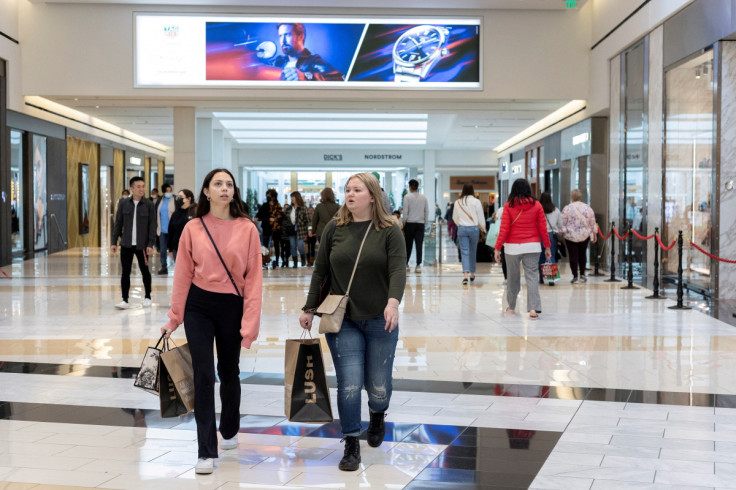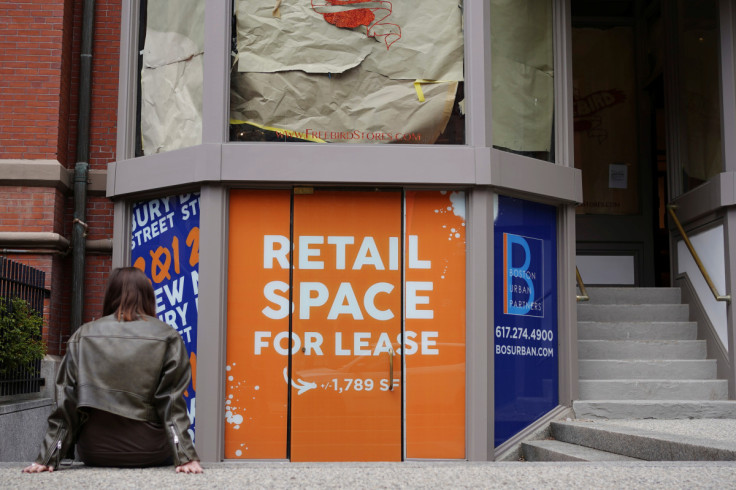U.S. Retail Sales Unexpectedly Rise In August; Weekly Jobless Claims Fall

U.S. retail sales unexpectedly rebounded in August as Americans ramped up purchases of motor vehicles and dined out more amid lower gasoline prices, but demand for goods is cooling as the Federal Reserve aggressively raises interest rates.
Consumer spending, however, is likely to remain supported by persistent strength in the labor market, with other data on Thursday showing the number of people filing new claims for unemployment benefits last week fell to the lowest level in more than three months.
Labor market resilience together with a surprise increase in consumer prices in August is likely to give the U.S. central bank ammunition to deliver a third consecutive 75-basis-point interest rate hike next Wednesday.
"Households continue to spend, supported by strong job growth and rising nominal incomes," said Rubeela Farooqi, chief U.S. economist at High Frequency Economics in White Plains, New York. "However, households face headwinds from elevated inflation that is not yet showing any significant sign of abating."
Retail sales increased 0.3% last month. Data for July was revised down to show retail sales falling 0.4% instead of being unchanged as previously reported. Economists polled by Reuters had forecast sales would be unchanged, with estimates ranging from as low as a 0.5% decline to as high as a 0.5% increase.
The national average gasoline price dropped to about $3.82 per gallon in late August after hitting an all-time high just above $5.00 in mid-June, according to data from AAA. Prices at the pump were averaging $3.698 per gallon on Thursday.
Sales at service stations dropped 4.2% last month, while receipts at auto dealerships increased 2.8%. Excluding gasoline and motor vehicles, retail sales gained 0.3%.
Sales at clothing and general merchandise stores increased solidly, likely boosted by back-to-school shopping. But online and mail-order retail sales fell 0.7%.
Receipts at furniture stores dropped 1.3%, while sales at building material and garden equipment retailers increased 1.1%. Sales at electronics and appliance stores dipped 0.1%. There were strong gains in sales at hobby, musical instrument and book stores. Receipts at bars and restaurants, the only services category in the retail sales report, increased 1.1%.
U.S. stocks opened lower. The dollar was largely unchanged against a basket of currencies. U.S. Treasury prices fell.
UNDERLYING DEMAND SLOWING
Excluding automobiles, gasoline, building materials and food services, retail sales were unchanged last month. Data for July was revised lower to show these so-called core retail sales increasing 0.4% instead of 0.8% as previously reported.
Core retail sales correspond most closely with the consumer spending component of gross domestic product. A steady pace of consumer spending and strong export growth helped to limit the drag on the economy from a moderation in the pace of inventory accumulation in the second quarter.
Last month's unchanged core retail sales and the downward revision to July data could prompt economists to trim their third-quarter GDP growth estimates, which are mostly below a 2% annualized rate.
GDP contracted at a 0.6% rate last quarter after declining at a 1.6% pace in the January-March period. The economy is not in recession, with the income side of the growth ledger showing a 1.4% rate of expansion in the second quarter, thanks to labor market resilience.
A separate report from the Labor Department on Thursday showed initial claims for state unemployment benefits fell 5,000 to a seasonally adjusted 213,000 for the week ended Sept. 10, the lowest level since the end of May.
GRAPHIC: Jobless claims
Despite the hand wringing about a possible recession next year due to higher borrowing costs, there has not been a surge in layoffs. Economists say companies are hoarding workers after experiencing difficulties hiring in the past year as the COVID-19 pandemic forced some people out of the workforce in part because of prolonged illness caused by the virus.
There were 11.2 million job openings at the end of July, with two jobs for every unemployed person.




© Copyright Thomson Reuters 2024. All rights reserved.


















